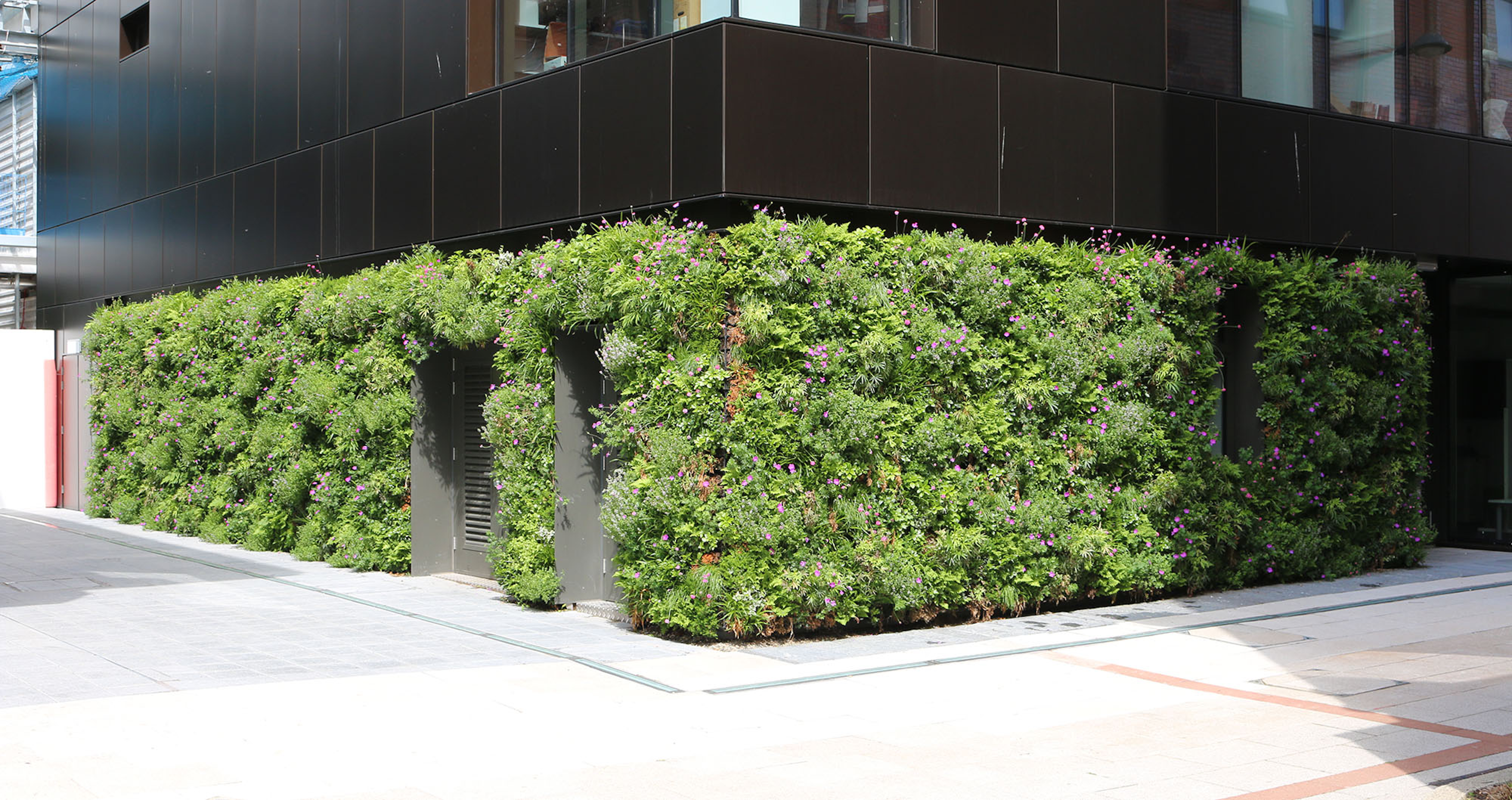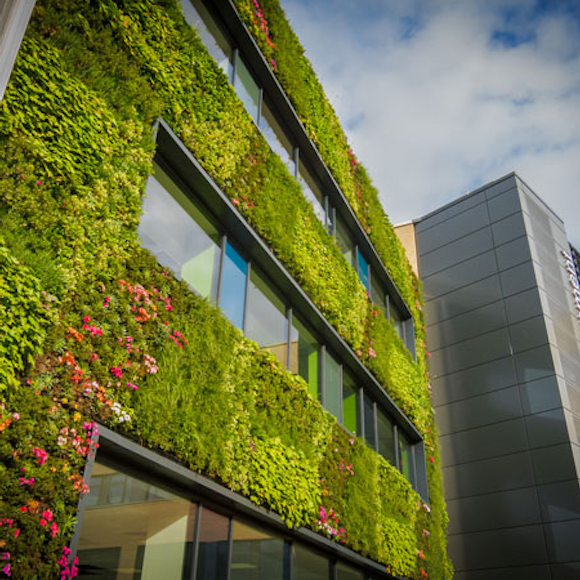Living walls are a wonderful and natural edition to commercial buildings, car parks, schools and even our own homes. They contribute towards purified air, lower ambient temperatures, and heat regulation, all whilst displaying a range of colourful vegetation for the world to enjoy.
But as beautiful as living walls can be, that doesn’t always mean each project goes as smoothly as the one before - sadly, things can go wrong. Though, that doesn’t mean you should scrap the chance of creating such natural beauty.
So, to help those researching their living wall opportunities, continue reading on for what could go wrong and how to avoid it.
1. System choice
The first things you’ll want to consider when exploring your options is the type of living wall you intend to create.
For example, are you working with a company that requires a sustainable long-term solution? Or would a smaller, short-term solution be better suited to the project?
Once this has been decided, you can start to work out which type of living wall system would be preferred.
For large, long-term installations, you’ll want not only a reliable living wall system that can be integrated with the building type in question, but one that meets living wall fire regulations too. Take hotels and car parks for instance, they must achieve a rating of B-s2-d0, as specified by the Department for Communities and Local Government.
As for shorter-term living wall projects, the system used should be a more temporary solution. This can be achieved with window boxes or pocket systems which are designed to be mounted on walls. They hold the natural soil and plants using a portable container solution and can be planted quickly for an almost immediate effect.
The point is, different living wall objectives require different solutions. So, think about whether you need a smaller temporary solution, or something designed for the long run. The wrong solution could mean trouble for both your wall and building.
At Viritopia, we design, install, and maintain living wall systems that create long-term assets inside and out. Our modular living wall system gives us huge scope for creative design and increased environmental value, perfect for large-scale projects. If you’re looking for an experienced partner that can harness the power of nature, get in touch with our expert team today – we’re always happy to help.
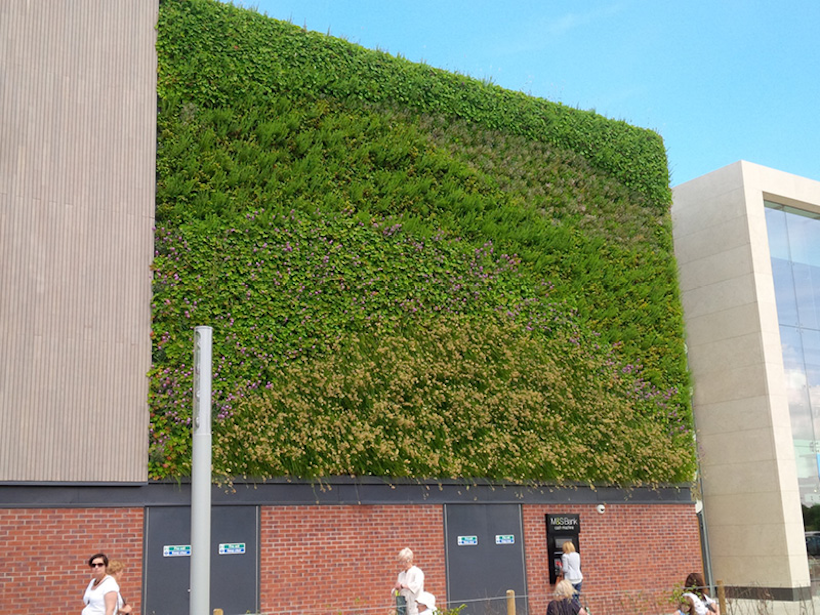
2. Plant selection
The design, layout, and plant selection of living walls play a huge part in the success of each project. Choosing a miss-matched combination of plants, installing species to the wrong side of a building, or failing to cater for potential shaded areas, will result in a short-lived living wall.
This is due to different species of plant requiring different levels of sunlight throughout the day, and this has a direct effect on their optimum location within a living wall. For example, plants that thrive on greater levels of sunlight should be positioned on a south facing wall (when in the northern hemisphere) as this receives the most sunlight. East and west-facing walls will be partly sunny and partly shady, whilst north facing walls will be mostly shady.
On top of this, the combination of species used must also be taken into account. Plants that are known to be thirsty shouldn’t be closely mixed with dry plants, as this can cause issues when it comes to irrigation.
That’s not to say it can’t be done, though. When zoned correctly, both ‘thirsty’ and ‘dry’ plants can be used inside a single living wall. It’s just a case of understanding the plants needs and ensuring the correct amount of water is distributed through irrigation.
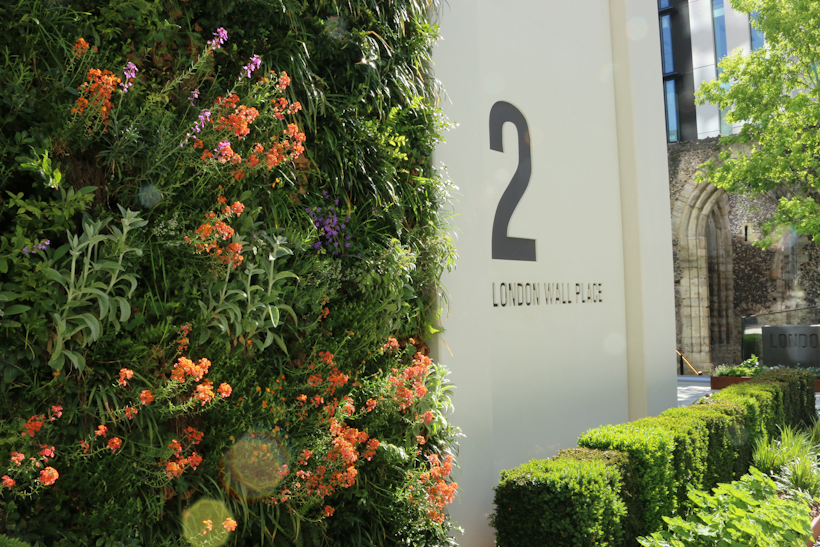
3. Substrate
Whilst the plants you select can determine the success of your living wall project, so can the substrate as it's responsible for keeping those plants alive. In fact, it’s equally as important when it comes to the creation of a long-lasting living wall.
If natural, organic substrate is selected, you shouldn’t have any issues. However, when man-made substrate is used, that’s where things can start to go sideways.
Because there are no nutrients in man-made substrates, plants simply cannot get what they need in order to survive. In this case, chemicals will need to be regularly added to the man-made soil to ensure enough nutrients are provided for the plants to live and thrive healthily.
Essentially, you want to use a natural substrate for your living walls where possible.
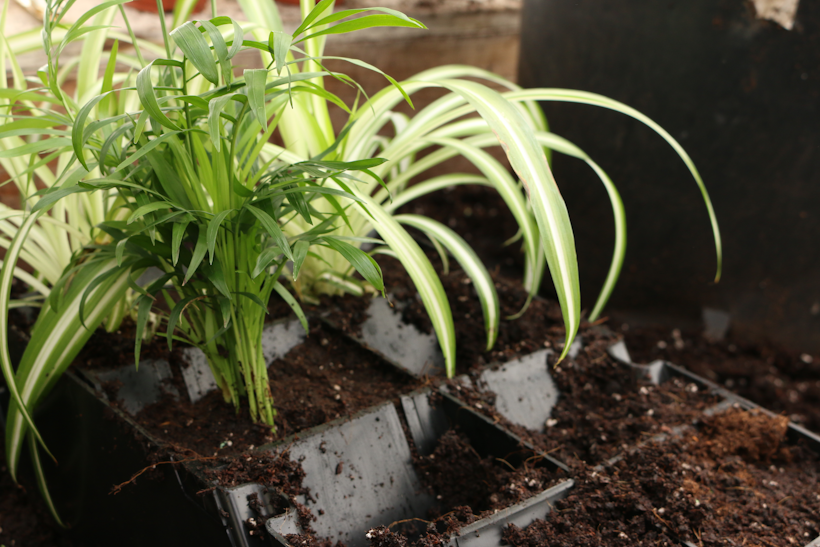
4. Irrigation & water management
Proper irrigation and water management enables living walls to flourish, keeping plants healthy throughout their lifetime. But if the irrigation system isn’t planned properly, or the water source contains pollutants, your living wall will soon end up an unhealthy one.
It’s imperative to determine the water source for the living wall and if water is to be recirculated. But either way, make sure the water connection and/or reservoir are negotiated early in the design stages.
Water filtration also plays a big part in the wall’s irrigation. If not filtered correctly, pollutants can cause contamination to the façade, which won’t be good news for your living wall. Similarly, if there’s an uneven spread of water across the irrigation system, plants may begin to fail.
For large walls, multiple watering zones can be designed within the irrigation systems to avoid uneven watering.

5. Maintenance
Unfortunately, most living walls fail due to a lack of maintenance and after care. Just like houses, cars, and pets, they require looking after.
It’s extremely important to understand and keep on top of plant health, as failing to notice signs of unhappy plants can be detrimental. You should also be geared up to manage the health of plants, the water content, and ensure correct horticultural husbandry at the appropriate time of year.
Before your maintenance strategy is thought out, though, there is one vital point you must confirm, and that is: are you able to access the living wall for maintenance? Should this be an issue, the installation of a living wall may need to be put on hold. Because without an access method, you can’t provide the maintenance a living wall needs to exist.
To conclude, living wall maintenance should be regarded just as important as any other service required to a building. Maintenance should be monthly and involve the inspection of irrigation, drainage, plants, and light condition.
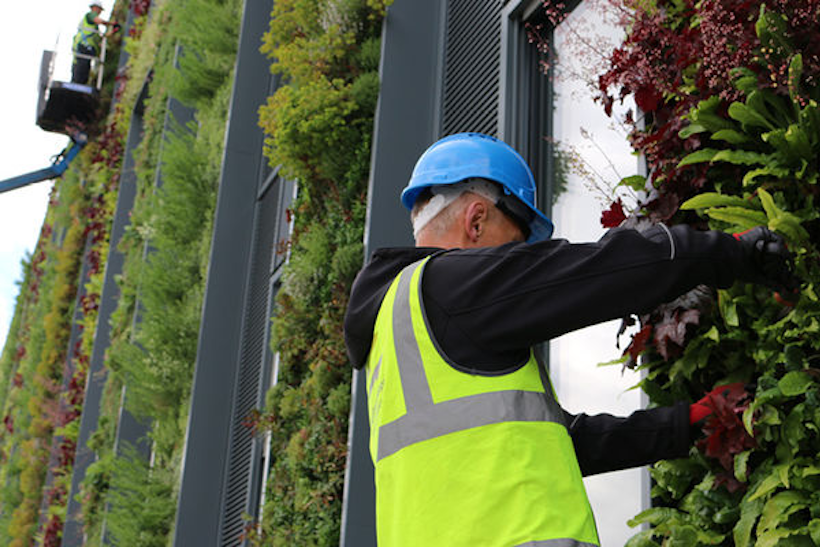
6. Ensuring no obstacles
The final point that needs addressing comes with potential obstacles, which includes anything that needs to be highlighted at the beginning of a living wall project.
For example, this could involve the planting of nearby trees prior to the installation.
If not factored in, these trees could create shading issues for the wall, which would likely result in a plant failure.
Essentially, a holistic approach must be taken for the planning, installation, and on-going care of all living walls. If everyone works together, highlighting any potential obstacles along the way, there will be no surprises later down the line - everything will be smooth from start to finish, and your living wall will blossom for the appreciation of many.
Living wall systems with Viritopia
Here at Viritopia, we specialise in providing living wall solutions that have been carefully designed, installed, and maintained over the past 13 years. Whether you’re looking to add some natural beauty to your building or want to reap the environmental benefits of a living wall, get in touch with our expert team today. We’re always happy to talk about your project requirements and answer any questions you may have.
